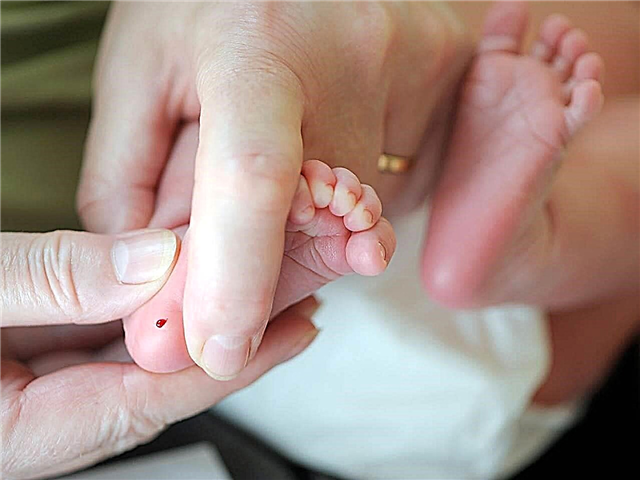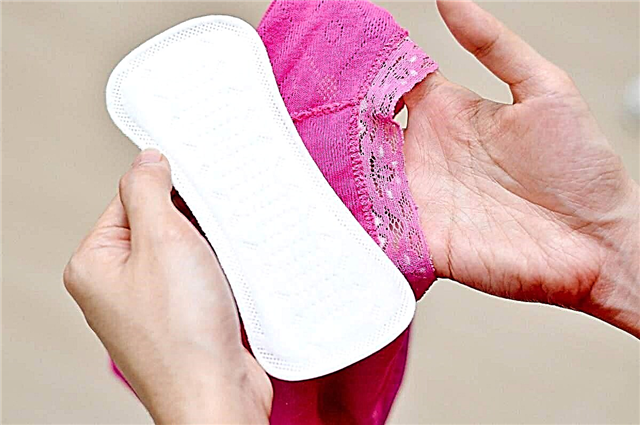
If the child is about to undergo any serious operation, then general anesthesia is used to carry it out. One of its types is inhalation anesthesia, for which a drug called "Sevoran" can be used.
There are no age restrictions for such a medicine, that is, this drug is approved even for the smallest patients.

Features:
Sevoran is a liquid used for inhalation. It is volatile, does not smell (sometimes the presence of a sweetish unexpressed smell is possible), colorless and without sediment. The main ingredient of the drug is called sevoflurane and is contained in the solution in an amount close to 100%. It is he who has anesthetic properties that make it possible to use such a remedy in surgery and dentistry.
The solution is sold in plastic bottles of 100 or 250 milliliters by prescription only. You need to store it in a place where the temperature will be 15-30 degrees Celsius. It is forbidden to freeze the liquid, and the shelf life of such a medication is 3 years. Use the drug only in a hospital.

The dosage of the medicine for each baby is selected strictly individually.
To put the child into anesthesia using Sevoran, the patient is allowed to breathe through a mask. Further, if required, an intravenous catheter is placed in the already sleeping baby and the baby is injected into a deeper anesthesia.
For minor surgical interventions, the agent can be used without supplementing with other anesthetics.
Sevoran has a rather pronounced analgesic effect, but after waking up, sensitivity returns quickly, therefore, when treating teeth, doctors additionally apply local anesthesia, and perform the most painful manipulations immediately after falling asleep, so that the discomfort is minimal. In addition, paracetamol or ibuprofen preparations are often given after surgery.

When is it used in children?
"Sevoran" is in demand as a medicine for induction of anesthesia, that is, with the help of such a medicine, an operation is started. The anesthesiologist can limit himself to only this drug if the surgical intervention is short-lived, for example, when removing the adenoids. In addition, in childhood, "Sevoran" is very often used by dentists. Such anesthesia is used when the baby needs to heal the teeth, but it cannot be done without anesthesia.
It has long been known that pulpitis and other problems with baby teeth cannot be ignored, because the lack of dental treatment can end badly for a permanent bite.
If the intervention is extensive, for example, several teeth are affected or an abscess has developed, it is better to apply anesthesia and quickly treat the baby.
This method is often chosen when the patient is non-contact, when the baby is negatively disposed towards dentists and any procedures in the mouth.

Advantages and disadvantages
Sevoran has the following main advantages in comparison with deep general anesthesia and other anesthesia:
- the drug is administered painlessly;
- under the influence of such an inhalation agent, the child quickly falls asleep;
- the depth of anesthesia is easy to control;
- "Sevoran" almost does not dissolve in the blood and leaves the child's body unchanged;
- as soon as the supply of medication stops, the patient immediately wakes up;
- after coming out of anesthesia, discomfort is minimal;
- the liquid does not irritate the respiratory tract of small patients;
- the drug has no significant effect on blood flow velocity;
- the tool can be used as the only medication for anesthesia;
- sedation with "Sevoran" does not affect the functioning of the liver and kidneys in any way, even if it is impaired;
- undesirable consequences after such anesthesia are rare;
- the safety of the solution for children has been repeatedly confirmed by research and medical practice.
One of the main disadvantages of "Sevoran" is the high cost of this medicine, because one bottle of the solution costs 9-10 thousand rubles. If used in the usual way, the cost of the operation is quite high.


To reduce the cost of the procedure, a special low-flow technique was developed, in which the air exhaled by the patient, containing about half of the drug, is purified of carbon dioxide and returned to the respiratory tract. This not only allows you to spend less medication, but also maintains the correct humidity in the respiratory tract and reduces the risk of overdose.
Potential harm
A high dose of "Sevoran" can lead to respiratory depression and a decrease in blood pressure, so the agent is supplied by a special apparatus, with the help of which the amount of solution acting on a small patient is precisely controlled. During the procedure, the anesthesiologist must monitor the child's condition in order to respond in time to the negative symptoms that have arisen.
In addition, before using the drug, you need to make sure that the baby has no contraindications for inhaling Sevoran, which include:
- hypersensitivity to sevoflurane or other components of the solution;
- the risk of developing malignant hyperthermia (a dangerous complication that occurs with inhalation anesthesia);
- renal failure (this is a relative contraindication);
- increased intracranial pressure;
- tendency to seizures.
Correct preparation for the procedure is also important. The main condition is that the child should not eat or drink anything before anesthesia for at least 4-5 hours.
If this recommendation is not taken into account, it can lead to serious complications during treatment - vomiting may occur, due to which undigested food gets into the respiratory system. In addition, the baby is given an EKG, blood and urine tests, and a pediatrician examination.
But even if all the rules are followed, "Sevoran", like many other drugs, can provoke side effects. Although, according to the reviews of anesthesiologists and parents, they are rare, but sometimes, after coming out of anesthesia, the child notes:
- drowsiness;
- dizziness;
- nausea;
- increased salivation;
- apathetic mood;
- bradycardia;
- temperature rise;
- excited state;
- hives;
- cough;
- lowering blood pressure;
- oppressed breathing;
- vomiting;
- chills;
- itchy skin;
- mood swings.
If you experience these symptoms, you should immediately report them to your doctor.

Reviews
Moms speak about Sevoran mostly positively. According to them, such anesthesia helped to cure teeth or carry out another operation, while the child in most cases tolerated it normally.
Doctors also note that undesirable consequences when using "Sevoran" are rare. They emphasize that with the low-flow method, the medicine gently affects the patient, the child's condition is controlled, so the harm is minimal.

Analogs
If it is necessary to replace “Sevoran” with the same medicine, use the Russian drug “Sevoflurane” or a medication for anesthesia with another active substance, for example, “Aerran”, “Propofol” or “Diprivan”. All of them are serious medicines and should be prescribed by specialists for children.
In some cases, instead of "Sevoran", the doctor decides to resort to nitrous oxide sedation ("laughing gas"), in which the child relaxes and his fears are suppressed. This method is considered more gentle for the child's body, however, and such a procedure has its own limitations, therefore the possibility of its implementation should be discussed with the doctor for each small patient individually.
For more information on using the Sevoran drug, see the next video.



